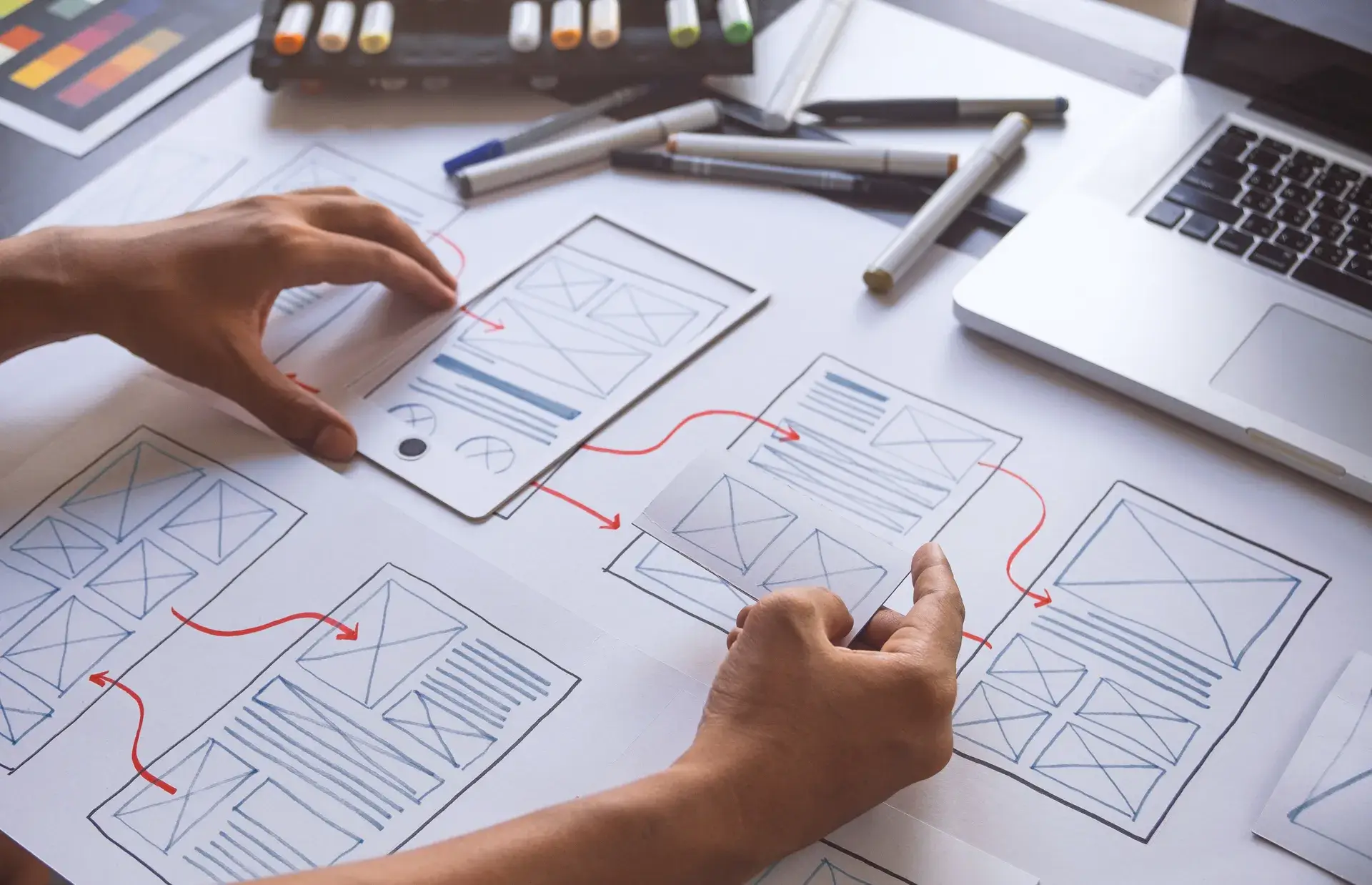Web development and web design are two critical components of creating a successful online presence. While the terms are often used interchangeably, they refer to distinct processes that play complementary roles in building a website. In this guide, we'll delve into the differences between web development and web design, the skills required for each, and how they work together to create engaging and functional websites. Whether you're a business owner looking to improve your site or a budding developer, this post provides valuable insights.
Understanding Web Development
Web development refers to the coding and programming aspect of creating a website. It encompasses various facets, including:
- Front-End Development: This involves creating the user-facing part of a website. Technologies used include HTML, CSS, and JavaScript.
- Back-End Development: This is about server-side development, including databases, server configurations, and the logic behind the scenes. Common languages include PHP, Python, and Ruby.
- Full-Stack Development: A combination of both front-end and back-end skills, which allows developers to oversee entire projects.
Exploring Web Design
Web design focuses on the aesthetics and user experience of a website. It involves creating layouts, choosing color schemes, and designing graphics. Key elements include:
- User Interface (UI) Design: This involves designing interactive elements like buttons, forms, and navigation menus to enhance user engagement.
- User Experience (UX) Design: This focuses on how users interact with a website, ensuring it’s easy to use, intuitive, and visually appealing.
- Responsive Design: Designing websites to be functional and visually consistent across various devices, including desktops, tablets, and smartphones.
Collaboration Between Development and Design
For a website to be successful, web developers and web designers often need to collaborate closely. Here’s how:
- Consistent Communication: Regular discussions between the two teams can align design goals with technical feasibility, reducing revisions.
- Feedback Loops: Iterative feedback between designers and developers helps ensure that the final product meets both aesthetic and functional requirements.
- Shared Tools and Frameworks: Using design systems or front-end frameworks can streamline the process, making it easier to implement the designer's vision effortlessly.
Skills Necessary for Web Development and Design
Both fields require a unique set of skills to achieve optimal results:
- Web Development Skills: Proficiency in programming languages, understanding of APIs, and knowledge of frameworks are essential.
- Web Design Skills: Graphic design skills, familiarity with tools like Adobe Creative Suite, and a good sense of color theory and typography are crucial.
Conclusion
In summary, web development and web design are integral to creating effective websites. Understanding the difference and how they work together can help you make informed decisions when building your online presence. At Prebo Digital, we specialize in both web development and web design, ensuring that your website is not only visually appealing but also functional and responsive. Ready to create or revamp your website? Contact us today for a free consultation!














